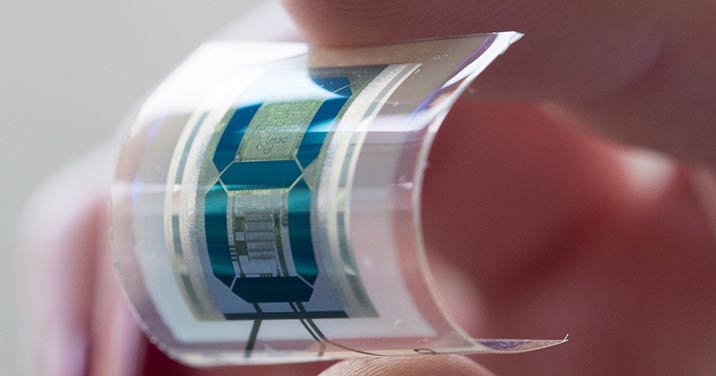
Holy Grail For Electronics Found?
Have researchers finally discovered the much sought after holy grail of the electronics world, that of flexible electronics? The answer to that question may be found in the rather innovative research underway at the National University of Singapore. There, a team of dedicated researchers are hard at work on making flexible electronics a real world possibility.
Note that these researchers are endeavoring to enable flexible electronics technology through the use of conducting polymers. Note that there is currently worldwide research going on to engineer electronic devices with increased functionality and at the same time, energy efficiency. Note that as of this writing, much of the current research underway is focused on the use of plastic or organic electronics.
That being said, it is important to understand a current electronics limitation that researchers are working to overcome, that of the resistance to current flow that is inherent in all materials. Recall back from your high school or college physics classes that some materials such as copper and aluminum have lower resistance than other materials such as iron or lead which, while still conductive offer much higher resistance.
In other words, in a quest to improve the performance of electronic devices while still decreasing the size and energy requirements, researchers are searching for a lower resistance type of material. What is new and exciting is that the National University of Singapore research team looks to have developed such a material.
Note that the team’s research was only just recently published in the Journal Nature. In this published study, the team outlined how the National University of Singapore scientists were able to develop polymer films with conductive properties. And not just any conductive properties. It turns out that the technology developed by the National University of Singapore research team provides an unprecedented level of conductive performance.
What does that mean in practice? Think flexible electronics such as as LEDS, solar cells and other such devices. You should take note of the fact that until this study was published, the design and manufacture of low resistance contact interface was in fact a bottleneck or hurdle if you will to the manufacture of flexible electronic devices.
This new polymer film conductive interface technology could very well speed up the widespread adoption of flexible electronics. Be on the lookout for more on this technology as the National University of Singapore researchers have just solved a major hurdle for flexible electronics manufacture.









